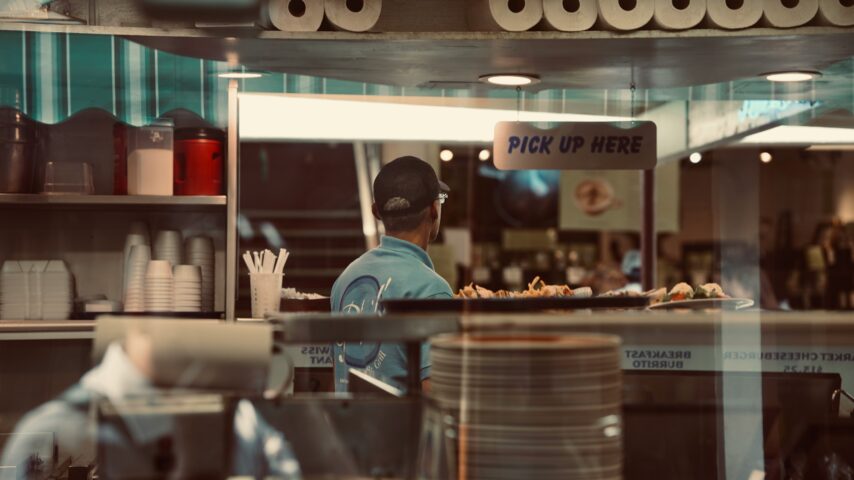A well-structured sales budget becomes increasingly essential as your hospitality business grows, from a boutique hotel to a multi-property brand or from a single restaurant to a multi-site company. Here’s how to create one that supports your scale.
1. Understand the Role of a Sales Budget in Hospitality
The sales budget has traditionally sat with the finance department but increasingly sales, operations and marketing are helping build the budget. It’s key to view your sales budget as a collaborative project across departments to provide context on what is happening on the ground and ensure the financial plan aligns with company wide initiatives.
A sales budget helps answer critical business questions:
- How much revenue do we expect to generate in the next quarter or year?
- Where will that revenue come from – dining-in, delivery, events?
- How does our sales forecast align with the wider team’s plans?
Without a clear sales budget, scaling efforts can stall due to cash flow problems, overstaffing, or missed revenue opportunities.
2. Start with Data, Not Assumptions
Historical data will provide a reliable foundation for forecasting future revenue based on real patterns and performance. Without historical data, budgeting becomes guesswork in an industry where margins are tight, with precision being key to profitability.
Data points to start composing your sales budget:
- Sales
- Guest Count
- Transaction numbers
Tip: Use a rolling 12-month view to smooth out seasonality and spot emerging trends.
3. Segment Your Data and Start Calculating
We now have your raw data, we now need to drill down into your sales to reflect the complexity of your operations as you grow and identify sales trends. By analysing sales trends, it helps in forecasting revenue, adjusting for expected variations (e.g., peak tourist seasons or local events), and setting realistic financial targets. Incorporating factors like economic conditions and changes in consumer behavior ensures the sales budget remains both grounded in past performance and responsive to future market dynamics.
So how do I identify historical sales trends?
First, you want to break down your sales, e.g., by day part. Segmenting helps you set more accurate goals and pinpoint underperforming areas. Next, you should use your data to create metrics you want to track, such as Spend Per Guest (SPG)/ Spend Per Head and Average Transaction Value (ATV).
Here are the calculations:
- The formula for SPG is: (Total Revenue) / (Number of Guests)
- Average Transaction Value = Total Sales Revenue / Number of Transactions
Once you have segmented and calculated your data, how do these insights compare to the previous year, and how did price increases and inflation impact your results?
4. Forecast with Realism and Flexibility
A realistic forecast ensures that revenue targets are achievable, preventing overestimations that could lead to overspending or understaffing. At the same time, flexibility allows businesses to adapt quickly when conditions change. By balancing optimism with practical data, hospitality businesses can stay agile, make informed decisions, and protect their profitability.
How to include realism and flexibility in your budget:
- Use conservative, moderate, and aggressive scenarios.
- Factor in known expansions (new rooms, locations) and investments (marketing campaigns and tech upgrades).
- Account for seasonality, market shifts, economic changes, and staffing constraints.
Using a forecasting and reporting tool to facilitate a dynamic budget will help save time and prevent nasty surprises.
Tip: Make your budget a living document. Review monthly. Adjust quarterly.
Get Started With Tenzo’s Free Sales Budget Template
To support businesses starting the process of creating their yearly sales budget, we have created a free template that you can use. The templates include areas where you can input your own sales data, allowing you to calculate Average Transaction Value, Spend Per Guest, and Sales by Day Part.
To use the templates, fill in the form below and, click download and input your data into the designated sections. The template will automatically calculate the Average Transaction Value, Spend Per Guest and Sales by Day Part based on the data you provide. You can then use this information to identify trends, make informed decisions, and take steps to create your sales budget.




